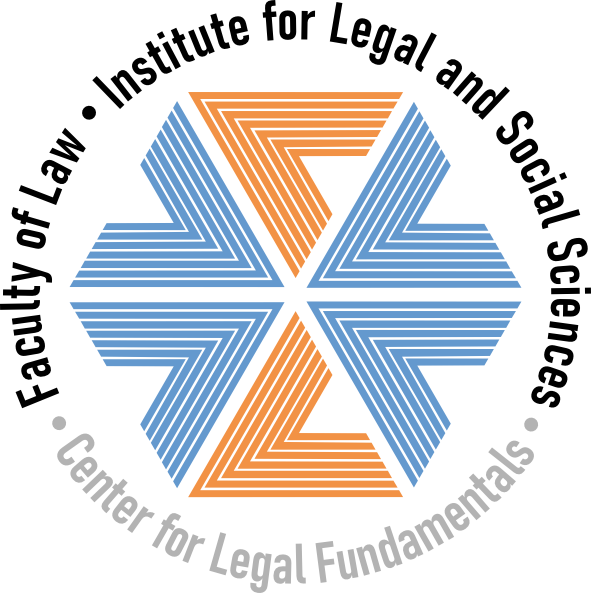Ekološko pravo između javnog i privatnog prava
Environmental law between public law and private law
| dc.creator | Drenovak Ivanović, Mirjana | |
| dc.date.accessioned | 2024-03-11T15:05:01Z | |
| dc.date.available | 2024-03-11T15:05:01Z | |
| dc.date.issued | 2019 | |
| dc.identifier.issn | 0350-8501 | |
| dc.identifier.uri | https://ralf.ius.bg.ac.rs/handle/123456789/1112 | |
| dc.description.abstract | Ugroženost prava ili interesa pojedinca prouzrokovana lošim stanjem ili povećanim zagađenjem životne sredine nikada ne ostaje povreda naneta samo tražiocu zaštite. Novi pravni instituti koji bi omogućili efikasniju, ekonomičniju, blagovremenu i suštinsku zaštitu prava na životnu sredinu određenog kvaliteta treba da urede pitanja od značaja za zaštitu kada je povređen ili ugrožen interes pojedinca ili grupe, ali i dalje od toga, kada je reč o povredi prava na zdravu životnu sredinu kao posebnog javnog interesa. Vezivanje zaštite tog prava za javni interes, otvara pitanje značaja koji zaštita životne sredine ima u jednom društvu i načina na koji se vrši gradiranje javnih interesa među kojima je i interes zaštite životne sredine. U radu se, polazeći od navedene pretpostavke, ukazuje na načela ekološkog prava i dominantne karakteristike javnopravnog karaktera koje imaju uticaj na zaštitu prava na životnu sredinu određenog kvaliteta i u primeni privatnopravnih instituta pravne zaštite | sr |
| dc.description.abstract | The basis for procedural protection of environmental rights is found in administrative procedure. In order to establish guarantees of an adequate and effective legal protection in environmental matters by administrative law instruments, the general administrative procedure should be transformed. Traditionally a one-party procedure, the administrative procedure necessarily becomes a two-party procedure, involving the participation of the public concerned. The legal framework for the protection of property rights which endanger or jeopardize the state of the environment is contained in the substantive law. The Serbian legal system provides such protection by envisaging general institutes in the field of compensation for damage and regulation of property rights. The case law provides many examples that point to numerous inconsistencies in the system of environment protection in civil and administrative proceedings. Thus, for example, operators of general-purpose activities are obliged to compensate injured persons only for damage exceeding normal limits. On several occasions, the case law has shown that the compensation of non-material damage for sustained physical pain, due to the negative impact of industrial and adjacent objects on the environment, can only be granted if the existence of property damage exceeding the "normal limits" is established. In doing so, emissions must be of such intensity as to cause continuous physical pain. According to the case law, periodic emissions, even when they exceed the limit values during certain intervals, do not justify the compensation of non-material damage. The reasons for the underdeveloped legal institutes that provide environment protection are found not only in the fact that the issues of protection of a healthy or adequate environment of certain quality fall into a branch of law that has been developing since the 1970s but also in the fact that there is insufficient understanding of the principles on which environmental law is based and whose implementation entails the necessary and essential change of legal instruments in both public and private law. The plaintiffs in public or private proceedings concerning environmental issues do not only protect their own rights and interests but also the general interest of environment protection. Infringement of the rights or interests of an individual caused by increased environment pollution would never remain a hindrance only to the protection seeker. New legal institutes that would ensure a more efficient, economical, timely and substantive protection of environmental rights should regulate issues of relevance to protection when an individual or group's interest is endangered or jeopardized, as well as in the event of a violation of the right to healthy environment as a object of special public interest and value. Linking the protection of this right to the public interest raises the issues of importance that environment protection has in a society and the way in which public interests are graded, including the interest of environment protection. Starting from this assumption, the paper points to the principles of environmental law and the dominant features of public law which have a significant impact on environmental protection in cases where legal institutes of private law are applied. | en |
| dc.publisher | Univerzitet u Nišu - Pravni fakultet, Niš | |
| dc.rights | openAccess | |
| dc.rights.uri | https://creativecommons.org/licenses/by-sa/4.0/ | |
| dc.source | Zbornik radova Pravnog fakulteta u Nišu | |
| dc.subject | zastupnici širih interesa javnosti | sr |
| dc.subject | opštekorisna delatnost | sr |
| dc.subject | javni interes | sr |
| dc.subject | interes zaštite životne sredine | sr |
| dc.subject | ekološka šteta. | sr |
| dc.subject | public law | en |
| dc.subject | private law. | en |
| dc.subject | instruments | en |
| dc.subject | environmental law | en |
| dc.subject | environment protection | en |
| dc.title | Ekološko pravo između javnog i privatnog prava | sr |
| dc.title | Environmental law between public law and private law | en |
| dc.type | article | |
| dc.rights.license | BY-SA | |
| dc.citation.epage | 134 | |
| dc.citation.issue | 85 | |
| dc.citation.other | 58(85): 119-134 | |
| dc.citation.rank | M24 | |
| dc.citation.spage | 119 | |
| dc.citation.volume | 58 | |
| dc.identifier.doi | 10.5937/zrpfn0-23687 | |
| dc.identifier.fulltext | https://ralf.ius.bg.ac.rs/bitstream/id/95/1109.pdf | |
| dc.identifier.rcub | conv_1683 | |
| dc.type.version | publishedVersion |


